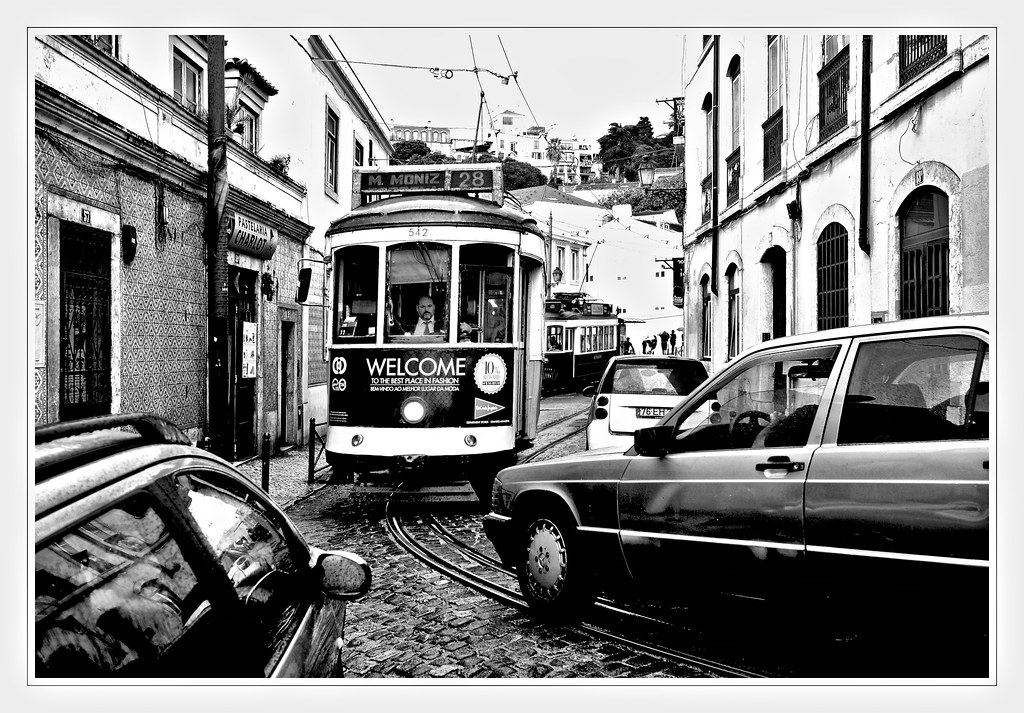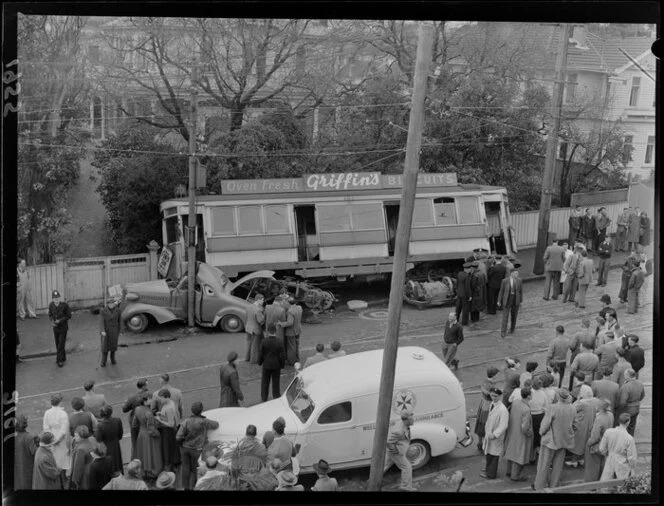|
Wellington’s transport choices involve 5 crucial outcomes; and the main arguments for changing the present system boil down to 3 factors...
...THE THREE S-FACTORS - SAFER, SURER, & SWIFTER:
- SUSPENSION MONORAIL is unique in incorporating all three. These factors are inextricably interwined (via SEPARATION vs SHARING of routes). Ground-based modes of transport (including Buses, Trams and Trackless Tram) FAIL on all three because of lack of separation, but Suspension Monorail is unique in not sharing the road with other forms of transport.
- Why is this important? People in a system will always find ways to stuff up (because of overconfidence, lack of experience, tiredness, inattention, & haste). The aviation industry has known for decades that if you want a more than hundredfold improvement in safety while retaining speed and reliability, there is little value in blaming or trying to re-educate those involved. You should engineer out the human factor.
- For ground-based transport, it is entirely predictable that pedestrians, cyclists, skateboarders, scooterists, motorcyclists, and drivers of cars, trucks, and buses will have accidents and near misses involving trams if they are obliged to share the same road space, especially when paths cross or change direction. If you doubt this, look at our pages and links regarding accidents. The people of Wuppertal in Germany engineered out the human factor long before the aviation industry discovered this. Their safety record over the last 120 years demonstrates that.
These things are not new discoveries...
 
[LEFT Lisbon traffic jam; RIGHT: Wellington, Willis St 1955 - for details see HERE]
Once these 3 factors persuade you a change is needed, there are 2 more crucial points about implementing that change: DELAY and COST.
First is COST, because whatever you do will have costs attached and not factored into current proposals. There are the hidden costs of traffic delays, injuries, and occasional deaths. There are also opportunity costs from doing next to nothing, and this now seems to include the countdown to Bus gridlock now predicted by 2034.
- CHEAPER versus EXPENSIVE: if you really want cheaper, then you could stick with Buses, or go for Trackless Trams/Bendy Buses. In a way, these last are an offshoot of trolleybuses, which were dumped prematurely by Wellington in recent years before relevant technology had matured (the Wrightspeed debacle). Now Wellington already has a forerunner of trackless trams, in the form of some battery-powered buses that are topped up periodically at charging stations instead of relying on overhead cables; and in 2024 Bendy Buses were tested. Don’t ask us why these interim decisions were taken.
- But read on, about unthinking rejection of the 3 S-factors by choosing “cheaper” (or “prettier”).
- Let’s be honest about our value judgments. By all means espouse Trams, Trackless Trams or continue with Buses, but know that by choosing lower implementation cost you may be wrong about overall ongoing costs, and may be sacrificing the main reasons for change: wanting transport to be SAFER, SURER, & SWIFTER.
SUSPENSION MONORAIL versus TRAMS [so-called ‘LIGHT RAIL’]: Yes, both of these are more expensive up-front than buses & trackless trams. But don’t forget downstream opportunity costs and maintenance. Wellington authorities have a poor record of “cost savings” on maintenance of utilities such as sewerage and water. The costs don’t end once a public utility has been installed.
Then there is the matter of DELAY: Proposals for Trams from LGWM and FIT involve very long-term projects. LGWM talked of Stage 1 and Stage 2.
Stage 1 (airport proposal) was to get only as far as from Railway Station to the Zoo in Newtown, and included 1 or 2 “cut-and-cover” tunnels. It is likely the later Island Bay proposal was to follow a similar two stages. Completion of Stage 1 seemed to offer no advantage for travelers to Eastern Suburbs & airport (or to Island Bay), yet seemed achievable no earlier than 2030, because of the major roadworks and tracklaying involved, including rerouting underground pipes. On that sort of timetable, and with such lack of early gains, it might have stalled before Stage 2 even began - by which time we would have been committed to Stage 2.
Stage 2 (airport plan) would have been completion of a major tunnel and then tracks across Kilbirnie to Miramar (supposedly via digging up the bottlenecks of Cobham drive & the Miramar Cutting) and thence to the airport. The FIT proposal was also a tram concept, with slightly different route, and also including THREE new tunnels (one under the airport itself)! Not only was this likely to be incredibly costly, but it too would have stretched over a decade or more.
These various costly problems seem to have persuaded LGWM not to pursue the airport route at all. Instead, they changed tack to proposing tram tracks through to Island Bay (a route with no viable alternatives for other traffic - very reminiscent of the problem that had faced Wuppertal in 1900). There had already been fierce opposition from Island Bay residents to the way a cycleway had restricted traffic and parking for local shops.
For all these proposals the traffic disruption, losses to retailers, and noise during construction would be considerably worse than already endured in Wellington...
- PRETTIER: Perhaps you espouse Trams/‘Light Rail’ because you think it looks prettier than Suspension Monorail. If so, you seem to want transport to be pretty rather than be SAFER, SURER, & SWIFTER, and you may not be too fussed about Cost and Delays. Maybe you should just support doing nothing? If you doubt this, look at our links regarding LR CRASHES, SPEED, and then CONSTRUCTION and later BREAKDOWNS causing ongoing delays.
It has not ended well for trams in Sydney over a similar distance. Then in September 2022 [picture below], even a fire truck on a callout managed to crash into a tram at a light-controlled [sic] intersection, derailing it, and causing injuries and major traffic disruption.
This amounted to a wide-open Level Crossing without barriers, in a city!...

- COST AGAIN: Don’t imagine that by choosing ‘Light Rail’ you are choosing the less costly of these two options. See our pages about COSTS (& HERE too).
- SMOKE & MIRRORS: Wellington is not the typical scenario that might allow genuine Light Rail to be feasible - never mind cheaper - than Suspension Monorail. Talk of “LIGHT RAIL” is misleading: See TRAM SCAM, and LOST HISTORY.
Bottom line: we believe that for Wellington, Suspension Monorail is a uniquely right solution.

|